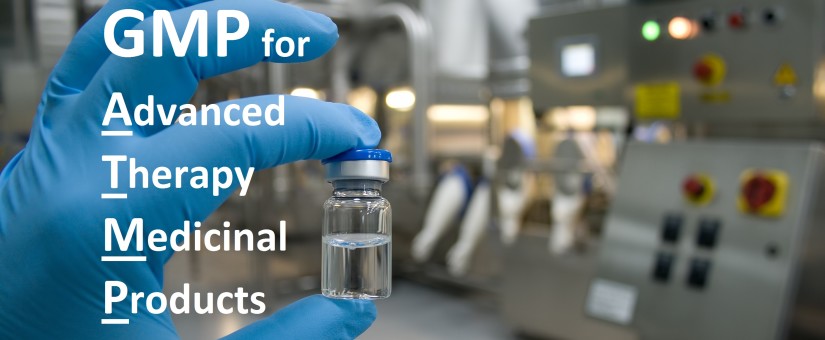
GMP for ATMPs (Advanced Therapy Medicinal Products) (Part I)
- 15 September 2016
- advanced therapy medicinal product, aseptic manufacturing, ATMP, clinical trials authorisation, CTA, data integrity, GMO, GMP, IMP, investigational medicinal product, MAH, manufacturer, manufacturing, marketing authorisation, marketing authorisation holder, process validation, risk assessment, sponsor,
On 28 June 2016, the European Commission (EC) released for 3 months consultation (till 26 September 2016) the draft Guidelines on Good Manufacturing Practice for Advanced Therapy Medicinal Products.
Article 5 of Regulation No 1394/2007 of the European Parliament and of the Council on advanced therapy medicinal products and amending Directive 2001/83/EC states: The Commission shall, after consulting the Agency, draw up guidelines in line with the principles of good manufacturing practice and specific to advanced therapy medicinal products.
A consultation on this topic was launched in 2015. On the basis of the comments received during the consultation, as well as input from consultation with the European Medicines Agency and competent authorities in the Member States, the Commission services have developed draft Guidelines on Good Manufacturing Practice specific to Advanced Therapy Medicinal Products (ATMPs).
The Commission published the GMP requirements for ATMPs in a separate, stand-alone document. This differs from the usual approach related to specific products for which requirements are addressed as annexes to the core GMP requirements described in EudraLex Volume 4.
This new document consists of 17 chapters (66 pages) and comprehensively describes GMP requirements for ATMPs taking into account their specific nature. Extract of GMP requirements, especially these dedicated to ATMPs, is presented below.

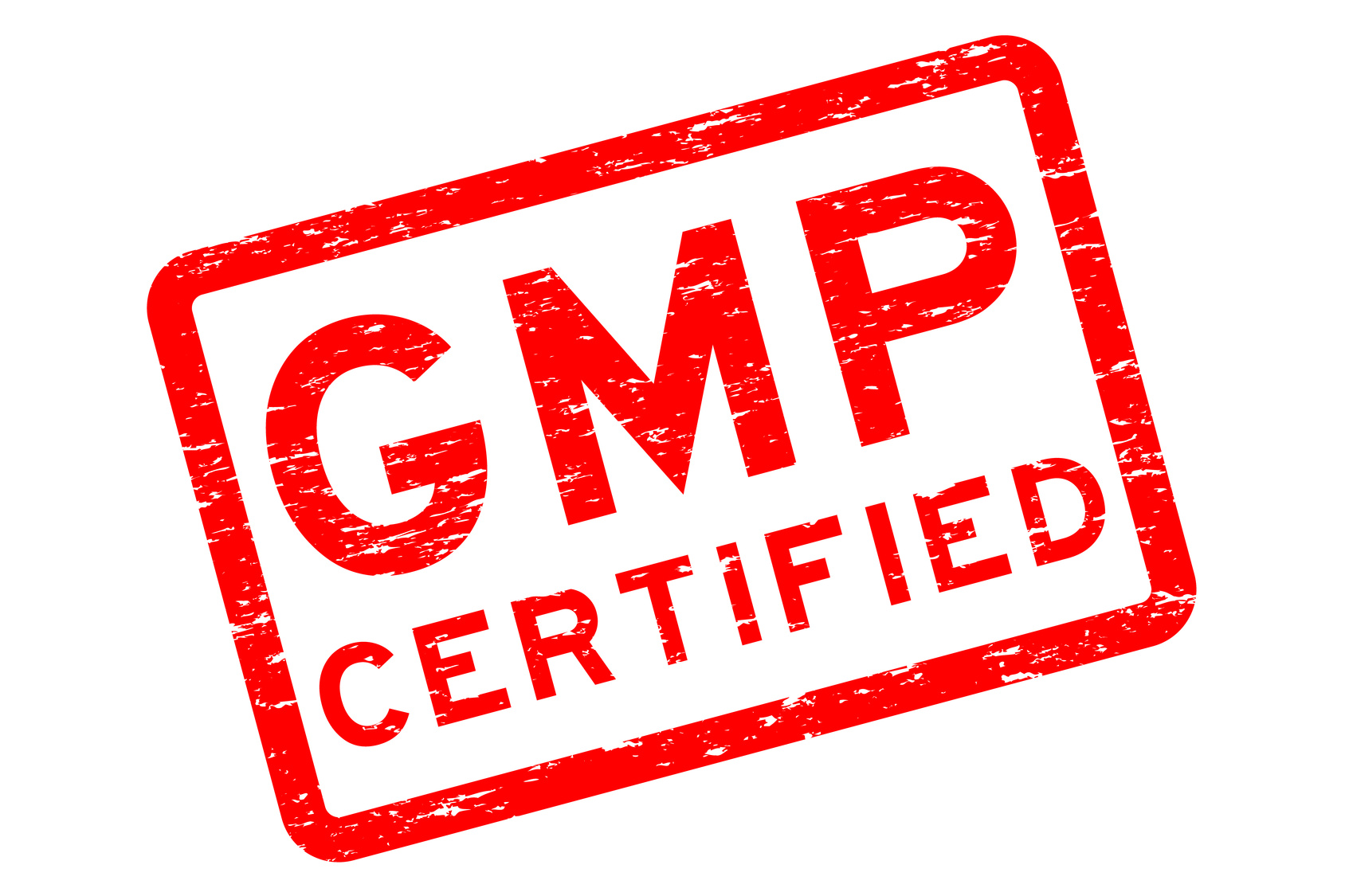

Chapter 1. Introduction.
The Guidelines develop the GMP that should be applied in the manufacturing of advanced therapy medicinal products in the EU (including advanced therapy investigational medicinal products).
As quality plays a major role in the safety and efficacy profile of ATMPs, it is the responsibility of the ATMP manufacturer to ensure that the manufacturing process is adequate and that appropriate measures are put in place to safeguard the quality of the product (so-called “pharmaceutical quality system”).
Special attention should be paid to chapter 2. Risk-based approach including examples of its application.
ATMPs are complex products and risks may differ according to the type of product, nature/characteristics of the starting materials and level of complexity of the manufacturing process thus, it is important to recognise some flexibility in the application of the GMP requirements so that the ATMP manufacturer can implement the measures (organisational, technical and structural) that are most appropriate having regard to specific characteristics of the manufacturing process and of the product. Any flexibility applied must, however, be compatible with the need to ensure the quality, safety and efficacy of the product.
The possibility for the manufacturer to apply alternative, more flexible approaches is particularly important in the case of investigational ATMPs, specially in early phases of clinical trials (phase I and phase I/II) due to the often incomplete knowledge about the product as well as the evolving nature of the routines (in order to adjust the manufacturing process to the increased knowledge of the product), e.g.the level of formality and detail for the documentation should be adapted to the stage of development, specifications can be based on wider acceptance criteria taking due account of the current knowledge of the risks.
The risk-based approach is applicable in an equal fashion to all type of operators. The quality, safety and efficacy attributes of the ATMPs and compliance with GMP should be ensured for all ATMPs (including investigational ATMPs), regardless of whether they are developed in a hospital, academic or industrial setting.
Chapter 3. describes requirements for Personnel.
All personnel involved in the manufacturing or testing of an ATMP should have a clear understanding of their tasks and responsibilities, including knowledge of the product appropriate to the assigned tasks.
Referring to Key personnel it should be underlined that responsibility for production and for quality control cannot be assumed by the same person. In small organisations, where teams are multi-skilled and trained in both QC and production activities, it is acceptable that the same person is responsible for both roles (production and quality control) with respect to different batches. In those cases, it becomes particularly important that the independency of the QC activities from the production activities for the same batch is clearly established through appropriate written procedures.
Chapter 4. deals with Premises.
Manufacture in a multi-product facility is acceptable when appropriate risk-mitigation measures commensurate with the risks are implemented to prevent cross-contamination.
If the manufacturing site produces medicinal products other than ATMPs, the manufacture of ATMPs should take place in a dedicated area of the facility. In the case of manufacturing of investigational ATMPs, it is accepted that the same area is used for multiple purposes, provided that appropriate cleaning and procedural controls are in place to ensure that there is no carry-over of materials or products, or mix-ups.
Segregated production areas should be used for the manufacturing of ATMPs presenting a risk that cannot be adequately controlled by operational and/or technical measures. Specifically, manufacturing activities involving infectious viral vectors (e.g. oncolytic viruses) or materials from infected donors should be done in a segregated area. The arrangements for the segregation of the area should be demonstrated to be effective. Closed systems should be used wherever possible.
In case of production in a closed system (the product is not exposed to the environment) or in an isolator – a background clean area of D grade is acceptable, while for production in an open system – in general, when the product is exposed to the environment (e.g. working under laminar air flow) – a critical clean area of grade A with a background clean area of grade B (or similarly controlled environment) is required.
Next chapter describes requirements for Equipment.
And the next one – Chapter 6. deals with Documentation.
Documentation may exist in a variety of forms, including paper-based, electronic or photographic media. Irrespective of the form in which data is kept, suitable controls should be implemented to ensure data integrity, including:
- Implementation of measures to protect data against accidental loss or damage, e.g. by methods such as duplication or back-up and transfer to another storage system.
- Implementation of measures to protect the data against tampering or unauthorized manipulation.
- Implementation of measures to ensure the accuracy, completeness, availability and legibility of documents throughout the retention period.
A site master file should be prepared for every site involved in manufacturing of authorized ATMPs. The site master file should provide a high level description of the premises, activities conducted at the site and of the quality system implemented.
Particular attention should be paid to point 6.6 Traceability (subchapter of chapter 6. Documentation).
The traceability of the cells/tissues contained in ATMPs should be ensured so that the donor of the cells and tissues used as starting materials can be identified, through the entire manufacturing process, storage and transport, up to the delivery of the finished product to the recipient.
In accordance with Article 15 of Regulation 1394/2007, traceability information should also cover raw materials and all substances coming into contact with the cells or tissues.
The manufacturer should ensure that the following data is retained for a minimum of 30 years after the expiry date of the product, unless a longer period is provided for in the marketing authorisation:
- Donor identification code received from the tissue establishment/blood establishment.
- Internal code (or other identification system) that is generated by the manufacturer to unequivocally identify the tissues/cells used as starting materials throughout the entire manufacturing process up to the point of batch release. The manufacturer must ensure that the link between the internal code and the donor identification code can always be established.
- Identification (including batch number) of critical raw materials and other substances that come into contact with the cells or tissues used as starting materials that may have a significant impact on the safety of the finished ATMP (e.g. reagents of biological origin, scaffolds, matrixes).
- Where applicable, identification (including batch number) of all other active substances that are contained in the ATMPs.
Traceability data should be kept as auditable documents. It is acceptable that it is kept outside the batch processing record, provided that they are readily available and are unequivocally linked to the relevant medicinal product.
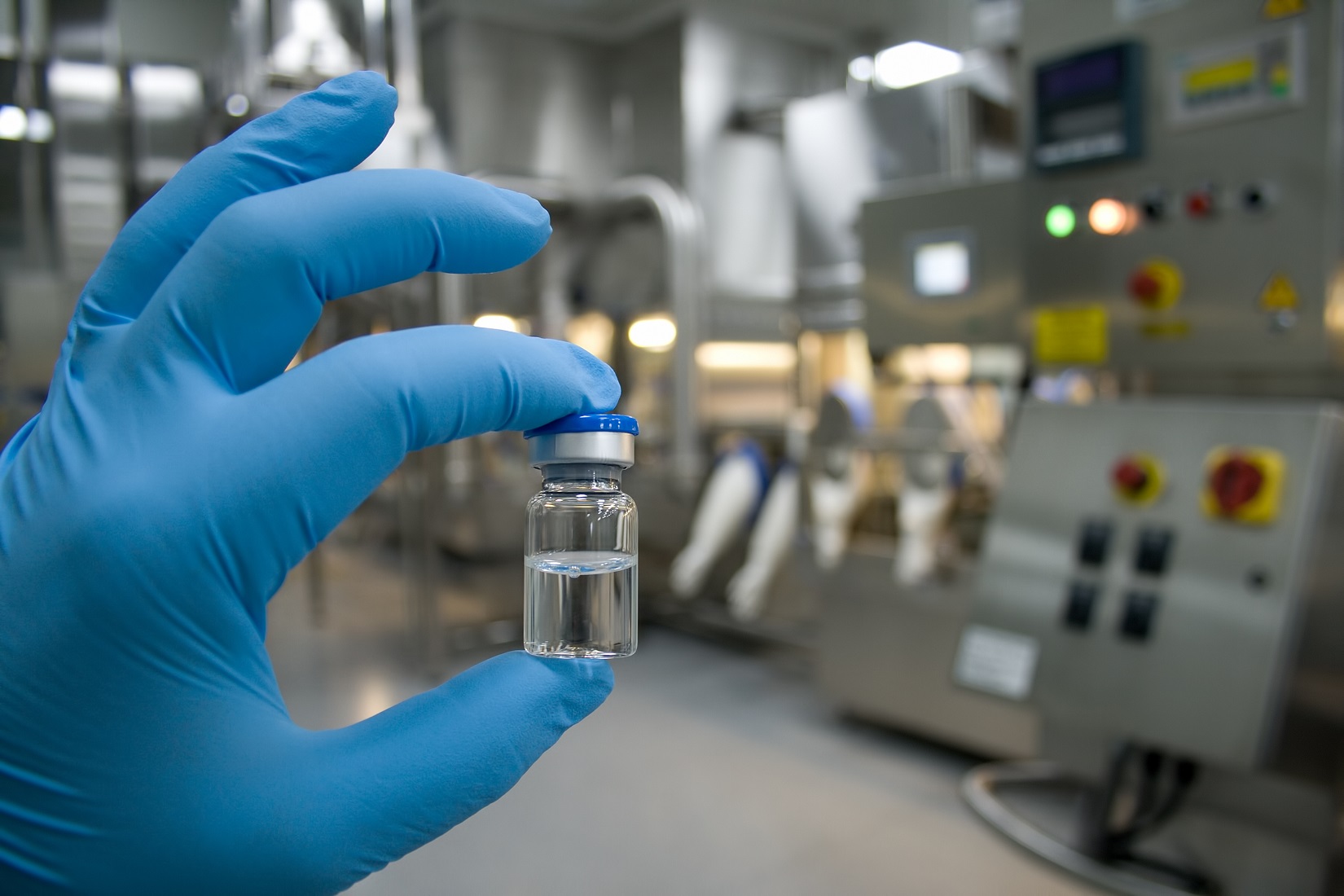

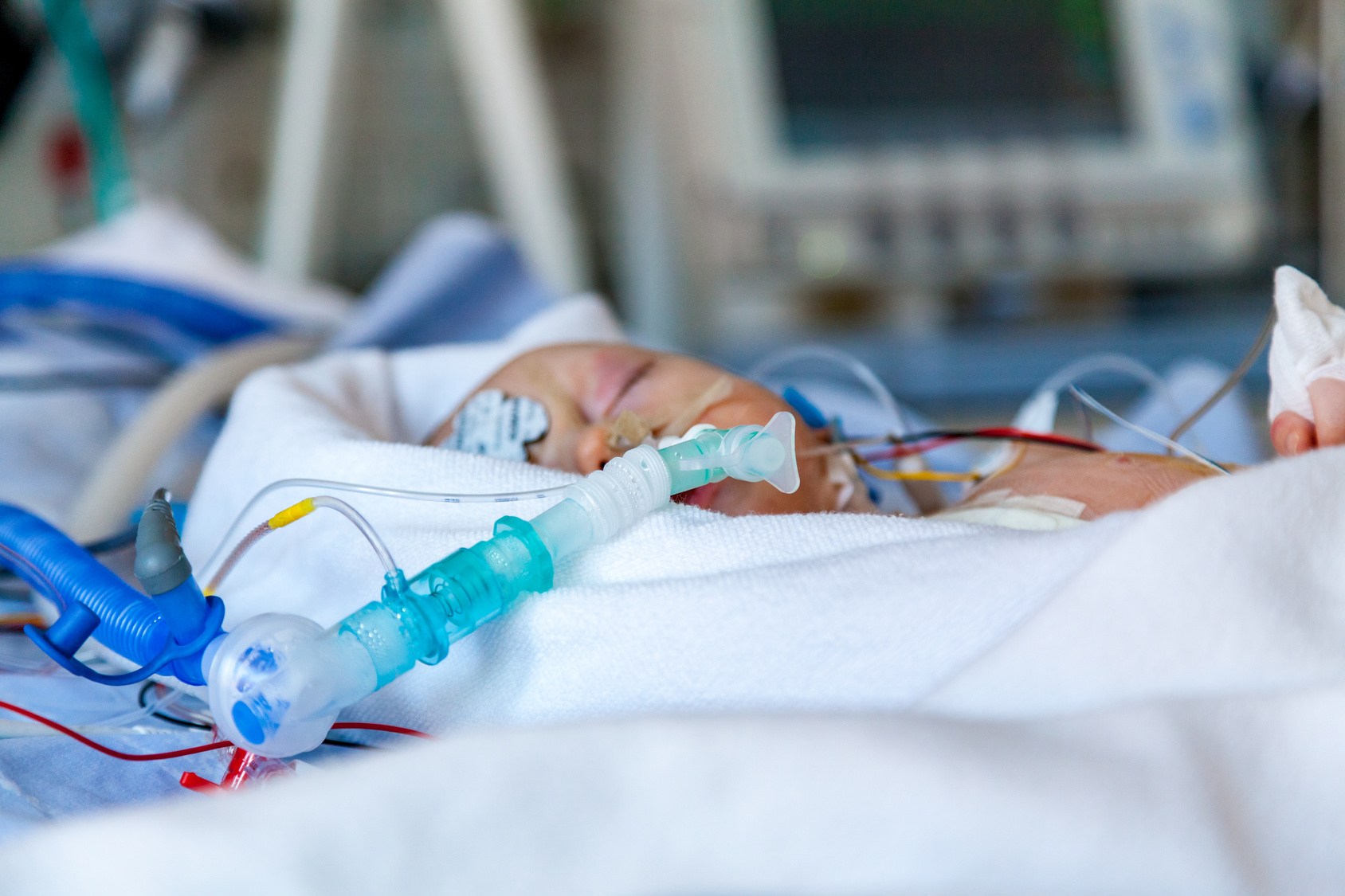
This new document describes requirements for Starting and raw materials as well as Seed lot and cell bank system (under chapters 7. and 8., respectively).
The quality of starting and raw materials is a key factor to consider in the production of ATMPs. Particular attention should be paid to avoiding contamination and to minimising as much as possible the variability of the starting and raw materials. Prior to introduction in the manufacturing process, the conformity to the relevant requirements should be checked.
- Raw materials - While raw materials should be of pharmaceutical grade, it is acknowledged that, in some cases, only materials of research grade are available. The risks of using research grade materials should be understood (including the risks to the continuity of supply when larger amounts of product are manufactured). Additionally, the manufacturer should ensure the suitability of such raw materials for the intended use, including –where appropriate– by means of testing. The ATMP manufacturer (or, as appropriate, the sponsor or marketing authorisation holder) should establish quality requirements for critical raw materials (specifications) which –where applicable- should be agreed with the supplier(s). The assessment whether a specific raw materials is critical should be done by the manufacturer having regard to the specific risks. The decisions taken should be documented. The ATMP manufacturer should verify compliance of the supplier’s materials with the agreed specifications. The level of supervision and further testing by the ATMP manufacturer should be proportionate to the risks posed by the individual materials. Reliance on the certificate of analysis of the supplier is acceptable if all the risks are duly understood and measures are put in place to eliminate the risks or mitigate them to an acceptable level (e.g. qualification of suppliers). For raw materials that are authorised as medicinal products (e.g. cytokines, recombinant proteins) the certificate of analysis of the supplier is not required.
- Starting materials – The ATMP manufacturer (or, as appropriate, the sponsor or marketing authorisation holder) should establish quality requirements for the starting materials (specifications) which should be agreed with the supplier(s). The ATMP manufacturer should verify compliance of the supplier’s materials with the agreed specifications. The level of supervision and further testing by the ATMP manufacturer should be proportionate to the risks posed by the individual materials. Blood establishments and tissue establishments authorised and supervised under Directive 2002/98 or Directive 2004/23 do not require additional audits by the ATMP manufacturer regarding compliance with the requirements on donation, procurement and testing. In addition to the specifications for the starting materials, the agreement between the ATMP manufacturer and the supplier (including blood and tissue establishments) should contain clear provisions about the transfer of information regarding the starting materials, in particular, on tests results performed by the supplier, traceability data, and transmission of health donor information that may become available after the supply of the starting material and which may have an impact on the quality or safety of the ATMPs manufactured therefrom. It is important that the initial processing steps of the starting materials (e.g. isolation, purification) are manufacturing activities that should be conducted in accordance with the manufacturing requirements for pharmaceuticals, even if it is done by a third party (e.g. a tissue establishment). The overall responsibility for the product quality lies always with the ATMP manufacturer.
When seed lots and cell banks, including master and working generations are used, they should be established under appropriate conditions, including compliance with GMP. This should include an appropriately controlled environment to protect the seed lot and the cell bank and the personnel handling it. During the establishment of the seed lot and cell bank, no other living or infectious material (e.g. virus, cell lines or cell strains) should be handled simultaneously in the same area.
In exceptional and justified cases, it might be possible to accept the use of cell stocks/cell banks and viral seed stocks that were generated in the past without full GMP compliance. In these cases, a risk analysis should be conducted to identify the testing requirements necessary to ensure the quality of the starting material. In all cases, the overall responsibility for the quality – as well as the impact thereof on the safety and efficacy profile of the product – lies with the ATMP manufacturer. This however requires approval of competent authorities in the context of the assessment of the marketing authorization application/clinical trial authorisation application.
Chapter 9. describes requirements for Production.
Section 9.4. entitled Prevention of cross-contamination in production comprises the prevention of materials mix-ups. Special precautions should be taken to avoid the mixing of autologous materials or other dedicated materials.
Section 9.5. describes Aseptic manufacturing.
The majority of ATMPs cannot be terminally sterilized. Therefore, the manufacturing process should be conducted aseptically (i.e. under conditions which prevent microbial contamination).
Where sterilization of starting materials (e.g. chemical matrixes) and raw materials and excipients is required, it should be ensured that the sterilisation process applied (e.g. heat, irradiation, filtration, or chemical inactivation) is effective in terms of removing/reducing the contaminants while preserving the activity of starting/raw materials and excipients.
We have already informed on our website about the Draft guideline on the sterilisation of the medicinal product, active substance, excipient and primary container recently published by EMA.
The validation of aseptic processing should include a process simulation test using a nutrient medium (so-called “media fill”). A media fill process simulation is the performance of the manufacturing process using a sterile microbiological growth medium to test whether the manufacturing procedures are adequate to prevent contamination during production. Results and conclusions should be recorded. If the validation of aseptic processing cannot be done by means of a media fill process simulation, an appropriate simulated model may be used, provided that this is duly justified.
The process simulation tests should follow as closely as possible the routine manufacturing process and it should be conducted in the same locations where the production occurs. However, alternative approaches may be developed for steps that take a long time. The simulation of reduced times for certain activities (e.g. centrifugation, incubation) should be justified having regard to the risks. In some cases, it may also be acceptable to split the process into key stages which are simulated separately provided that the transitions between each stage are also evaluated.
Section 9.7. describes requirements for Packaging.
The suitability of primary packaging materials shall be ensured having regard to the characteristics of the product and the storage conditions (e.g. products that should be stored at ultra-low temperature).
ATMPs should be suitably packaged to maintain the quality of the product during storage, handling, and shipping. Particular attention should be paid to the closure of containers so as to ensure the integrity and quality of the product. For authorised ATMPs, the closure procedures should be validated. Validation with surrogate materials is acceptable when materials are scarce.
Section 9.9. describes requirements for Rejected, recovered and returned materials.
The reprocessing of rejected products should be exceptional. For authorised ATMPs, reprocessing is only permissible if this possibility is contemplated in the marketing authorisation. In the case of investigational ATMPs, the competent authorities should be informed when, exceptionally, there is reprocessing.
According to requirements included under point 10.1. Qualification of premises and equipment (subchapter of chapter 10. Qualification and Validation), premises and equipment used in the manufacture of ATMPs should be qualified. Through the qualification of premises and equipment, the manufacturer establishes that the premises and equipment are adequate for the intended operations.
Decisions on the scope and extent of the qualification should be based on a risk-assessment, which should be documented. The following should be considered when defining the strategy to the qualification of premises and equipment:
- Clean rooms should be qualified in accordance with ISO 14644-1 and re-qualified at appropriate intervals in accordance with ISO 14644-2. In general, for clean rooms of grade A, requalification is expected every six months, while for B, C and D grades requalification is expected on a yearly basis. A different frequency may, however, be justified in case of very small production.
- If computerized systems are used, their validation should be proportionate to the impact thereof on the quality of the product.
- For investigational ATMPs, it is expected that at least the suitability of the air quality system (in accordance with ISO 14644) and the suitability of the premises to adequately control the risk of microbial and non-viable particle contamination is verified. Any other aspect of the premises that is critical having regard to the specific risks of the intended manufacturing process should be qualified.
Section 10.2. describes requirements for Cleaning validation.
The cleaning procedures applied to re-usable tools and parts of equipment that enter into contact with the product should be validated. Cleaning validation may be reduced or not required if only disposables are used in the manufacturing process.
Cleaning procedures for closely related ATMPs do not need to be individually validated. A single validation study which considers worst case scenario is acceptable.
For investigational ATMPs, cleaning verification is acceptable when the volume of production is small (less than three batches). In such cases, there should be sufficient data from the verification to support a conclusion that the equipment is clean and available for further use.
Section 10.3. describes requirements for Process validation.
Process validation is the documented evidence that the manufacturing process can consistently produce a result within specific parameters. While it is acknowledged that some degree of variability of the finished product due to the characteristics of the starting materials is intrinsic to ATMPs, the aim of the process validation for ATMPs is to demonstrate that the finished product characteristics are within a given range (in compliance with the terms of the marketing authorisation).
The limited availability of the cells/tissues which is typical for most ATMPs requires the development of pragmatic approaches. The approach to process validation should take into account the quantities of tissue/cells available and should focus on gaining maximum experience of the process from each batch processed. Reduced process validation should, where possible, be offset by additional in-process testing to demonstrate consistency of production.
- Validation with surrogate materials: the use of surrogate material may be acceptable when there is shortage of the starting materials (e.g. autologous ATMPs). Where possible, consideration should be given to complementing the use of surrogate materials with samples from the actual starting materials for key aspects of the manufacturing process.
- Concurrent validation approaches: due to the limited availability of the starting materials and/or where there is a strong benefit-risk ration for the patient, a concurrent validation may be acceptable.
- Use of quality markers as an alternative to process validation: the process validation may be replaced by the continuous monitoring of surrogate markers reflecting critical quality attributes either as part of the control strategy (analogous to PAT) or the release process.
- Retrospective validation: where time to manufacture, batch size, or other factors make prospective validation unethical (e.g. performing a biopsy only for validation purposes) or disproportionate having regard to the anticipated benefits for patients.
- Process validation for a class of products: where the same manufacturing process is used for a class of products (i.e. autologous T-cell based ATMPs), the validation of the process does not need to be repeated for each of the products, in so far as the manufacturing process remains the same.
The manufacturing process for investigational ATMPs is not expected to be validated but appropriate monitoring and control measures should be implemented to ensure compliance with the requirements in the clinical trial authorisation. Additionally, it is expected the aseptic conditions of the manufacturing process have been validated.
Validation of test methods can follow a gradual approach during clinical development (10.4. Validation of test methods).
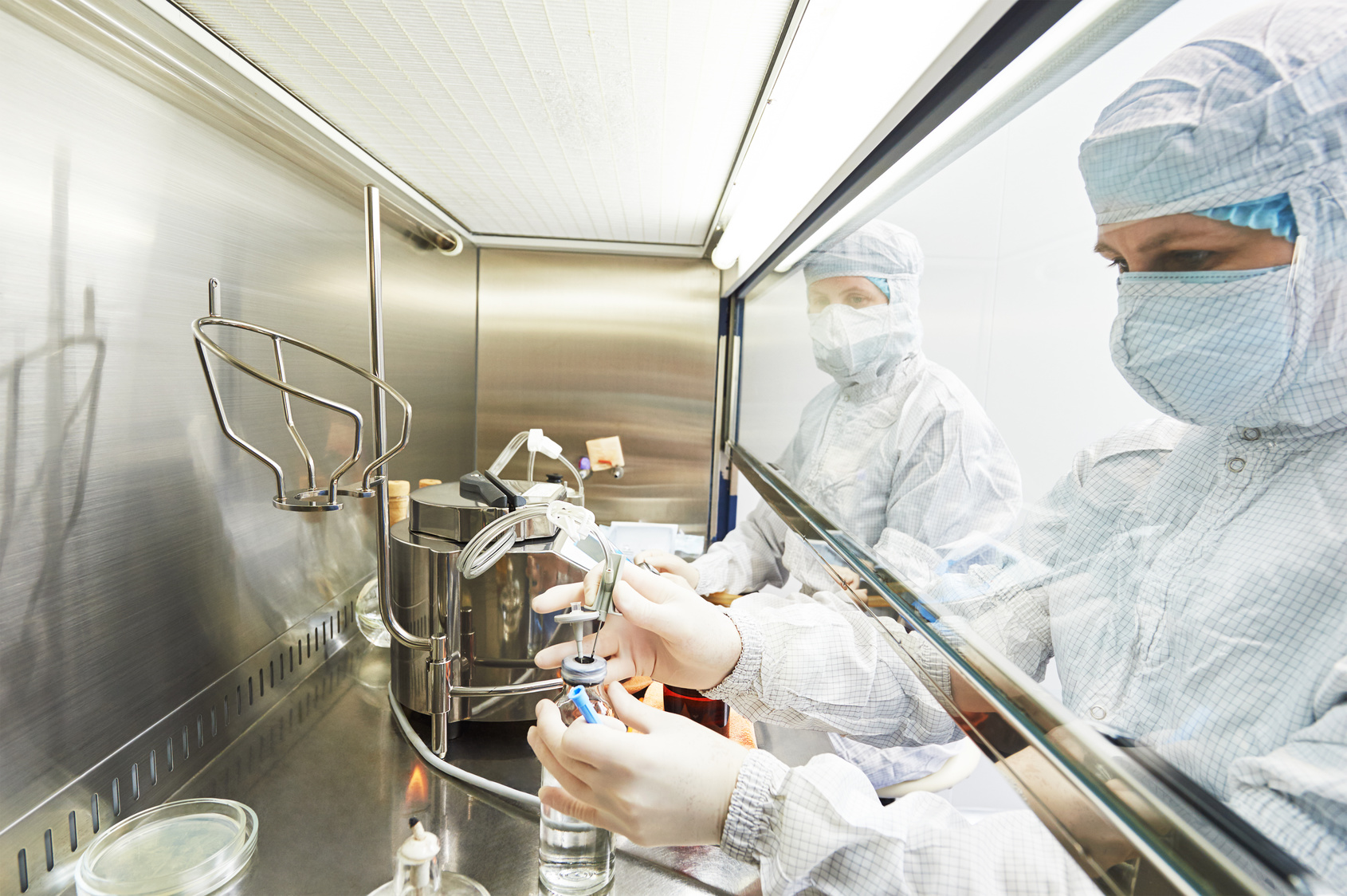
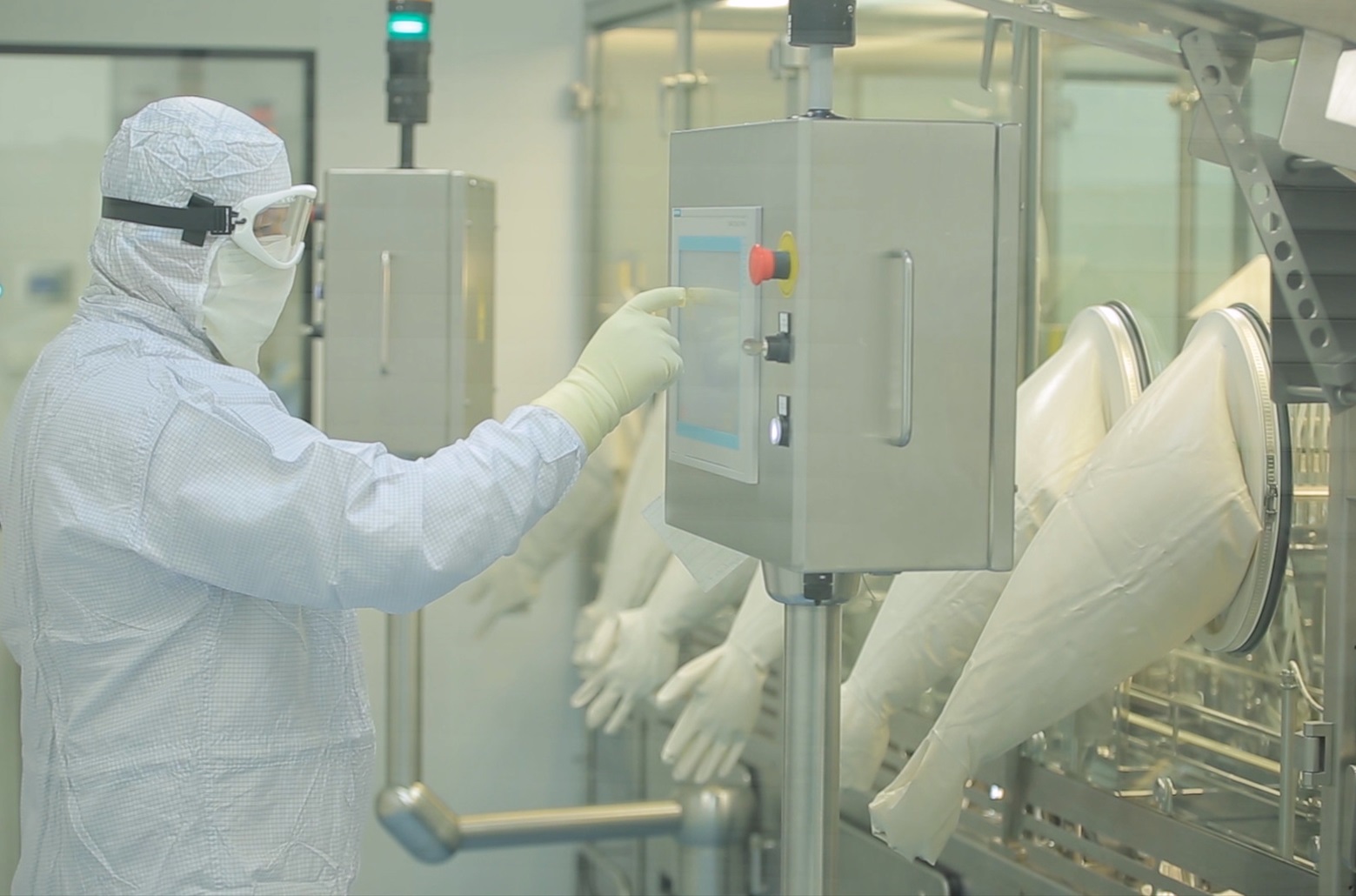
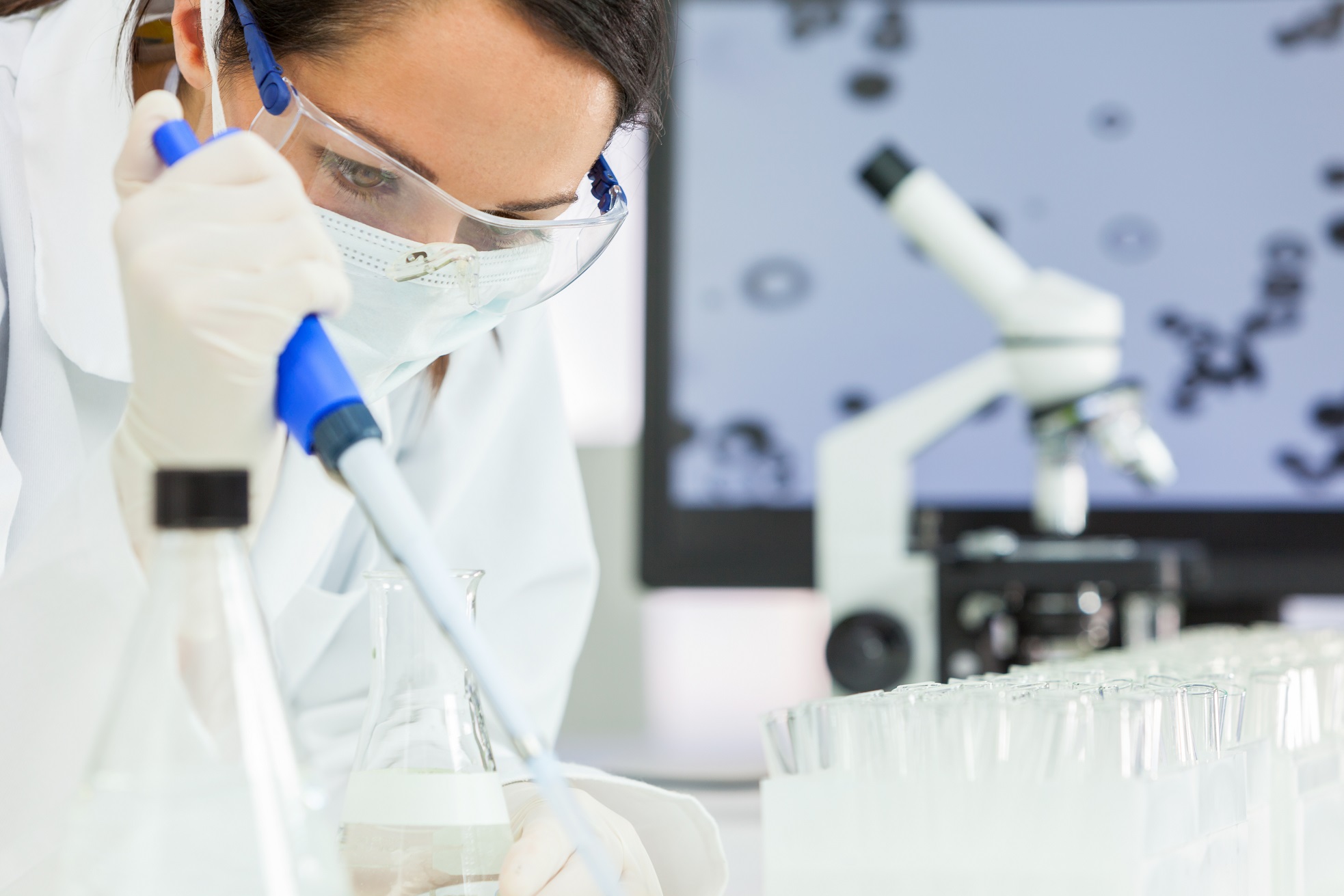
Chapter 11. relates to Qualified person and batch release.
Each manufacturing site in the EEA must have at least one Qualified Person (“QP”). It is not excluded that two or more sites may have the same QP, provided that this does not impair the ability of the QP to provide his services to each of the sites in a continuous fashion.
In addition to having the qualification requirements provided for under Article 49 of Directive 2001/83, QPs responsible for ATMPs should have training and experience relevant to the specific characteristics of these products, including cell and tissue biology, biotechnological techniques, cell processing, characterization and potency testing. QPs should have detailed knowledge of the product type and manufacturing steps for which they are taking responsibility.
The QP who performs certification of the finished product batch may assume full responsibility for all stages of manufacture of the batch, or this responsibility may be shared with other QPs who have confirmed compliance of specific steps in the manufacture and control of a batch. In the latter case, the division of responsibilities amongst QPs should be clearly laid down in writing.
Section 11.5. describes conditions for Administration of out of specification products to the patient.
Next chapter describes requirements for Quality control.
Quality control is intended to ensure that the necessary and relevant tests are carried out, and that materials are not released for use, nor products released for sale or supply, until their quality has been judged satisfactory.
Section 12.2. describes requirements for Sampling.
Particular attention should be paid to Retention of samples.
- Samples of raw materials: Reference samples of critical raw materials (e.g. cytokines) are important to investigate possible quality problems with the product. Samples of critical raw materials should be retained for two years after the batch release or one year after the expiry date of the relevant batch, whichever is the longest.
- Samples of the starting materials should generally be kept for two years after the batch release or one year after the expiry date of the relevant batch, whichever is the longest. However, it is justified not to keep reference samples of the cells/tissues used as starting materials in the case of autologous ATMPs and certain allogeneic ATMPs (due to scarcity of the materials).
- Samples of active substances and intermediate products should generally be kept for two years after the batch release or one year after the expiry date of the relevant batch, whichever is the longest. However, it is acknowledged that for ATMPs it is not always possible to separate the sampling of the starting materials, active substance, intermediate and finished product. The considerations regarding scarcity of starting materials apply -adapted as necessary- to the expectations on the retention of samples of active substances and intermediate products.
- Samples of primary packaging material: Samples of primary packaging material should generally be retained for the duration of the shelf-life of the finished product concerned. The retention of samples of primary packaging material may not be necessary in certain cases, having regard to the risks of the materials and/or other relevant consideration (e.g. increased QC controls, primary packaging material is certified as a medical device). A decision not to keep samples of primary packaging materials should be based on an analysis of the risks and should be duly justified and documented.
- A sample of a fully packaged unit (retention sample) should be kept per batch for at least one year after the expiry date. When it is not possible to keep a retention sample (in the case of autologous products or allogeneic products in a matched donor scenario) photographs or copies of the label are acceptable for inclusion in the batch records.
In all cases, the retention period should be adapted to the stability and shelf-life of the product and, therefore, shorter periods may be justified. In cases of short shelf-life, the manufacturer should consider if the retention of the sample under conditions that prolong the shelf-life (such as cryopreservation) is representative for the intended purpose.
Next chapters describe requirements for Outsourced activities and Quality defects and product recalls (no 13. and 14., respectively).
And the next one – Chapter 15. deals with Environmental control measures for ATMPs containing or consisting of GMO’s.
The handling of ATMPs containing or consisting of GMO’s may pose a risk for the environment, requiring the implementation of additional control measures.
Containment measures should be established according to the risk of the product that is handled, including measures regarding the design of the premises, organizational and technical measures, and measures regarding the treatment of residues.
Emergency plans should also be in place covering the actions to be taken in case of accidental release into the environment. The plan should foresee measures/procedures for containment, protection of personnel, cleaning, and decontamination.
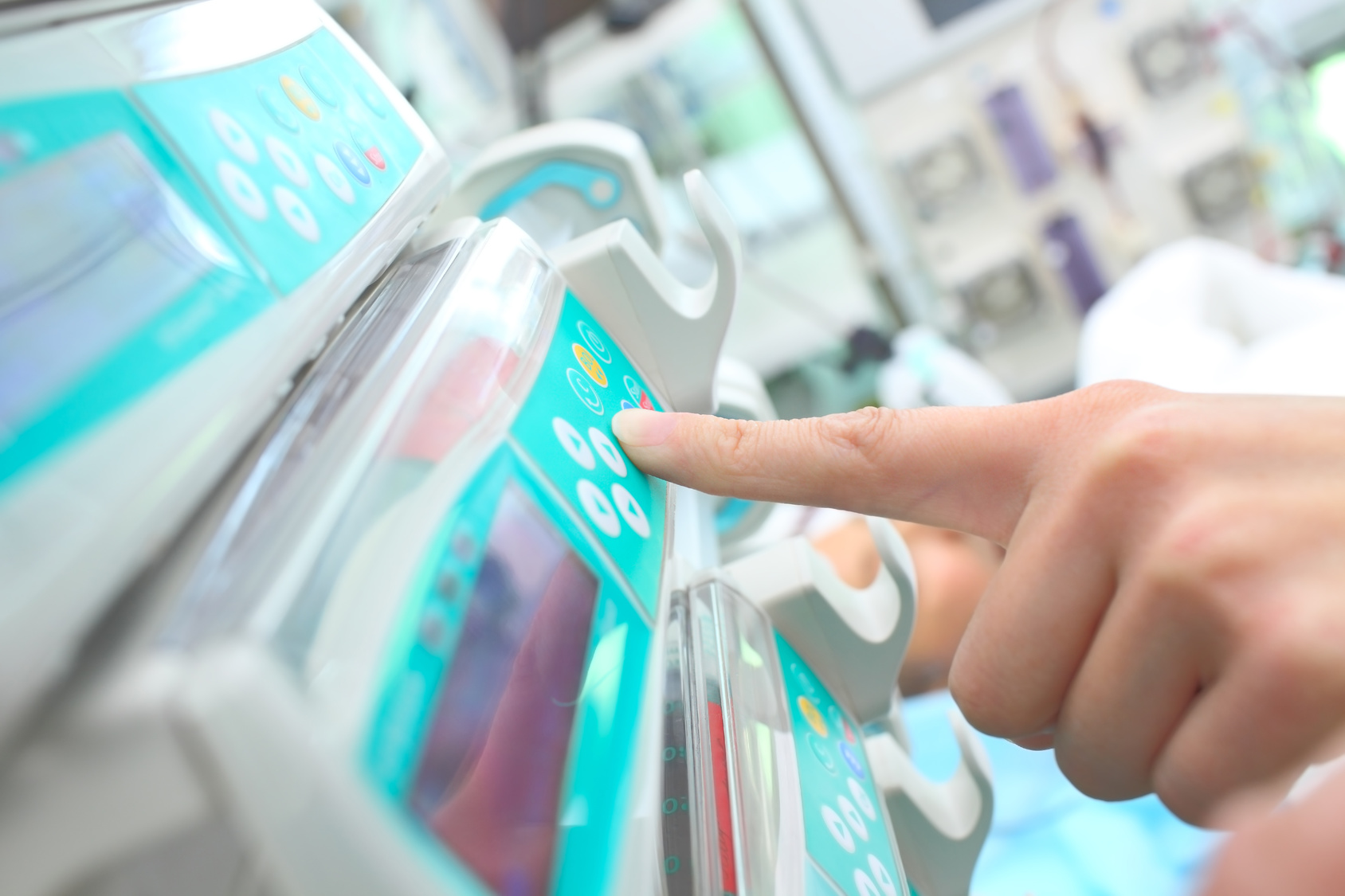
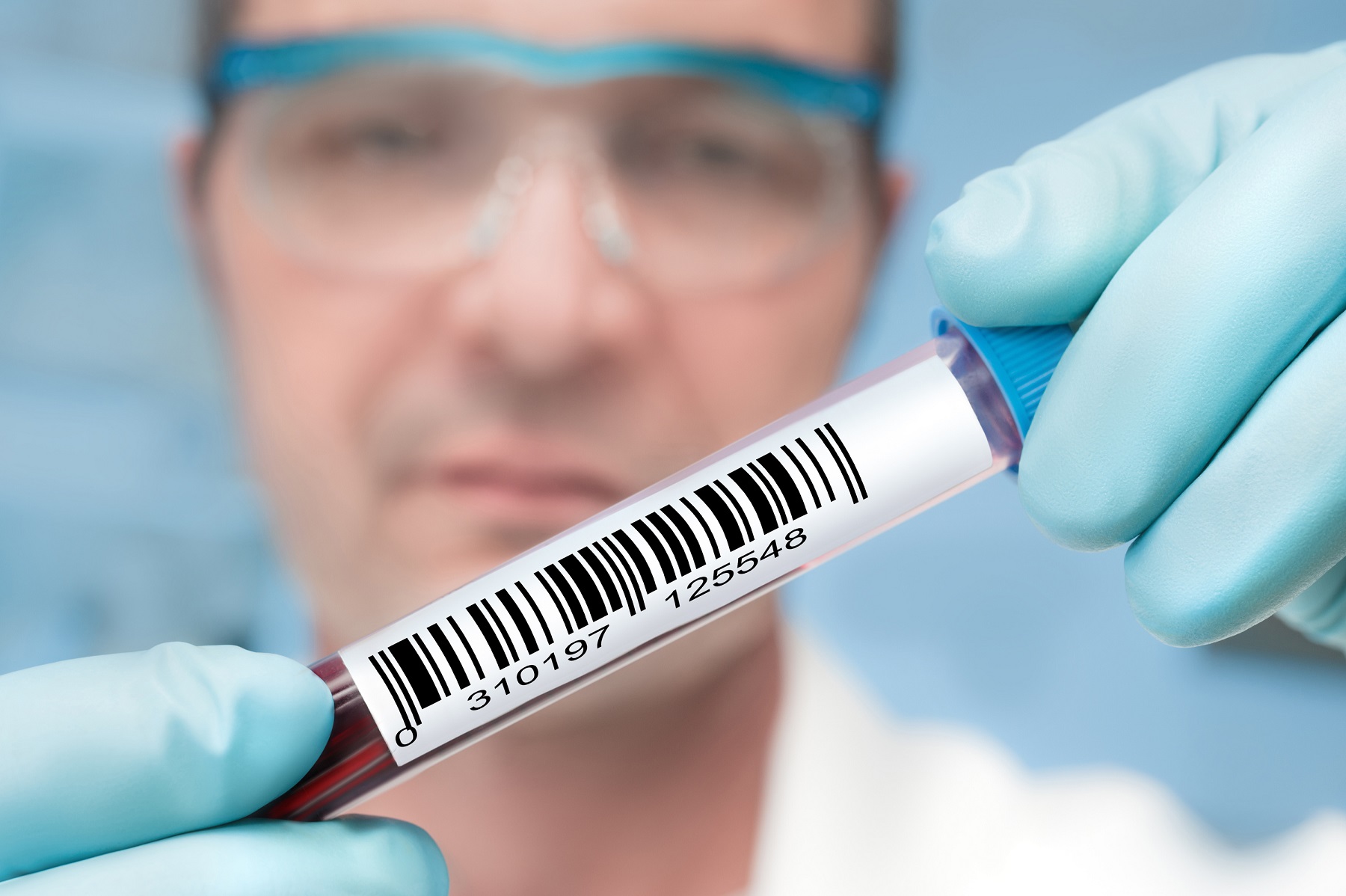
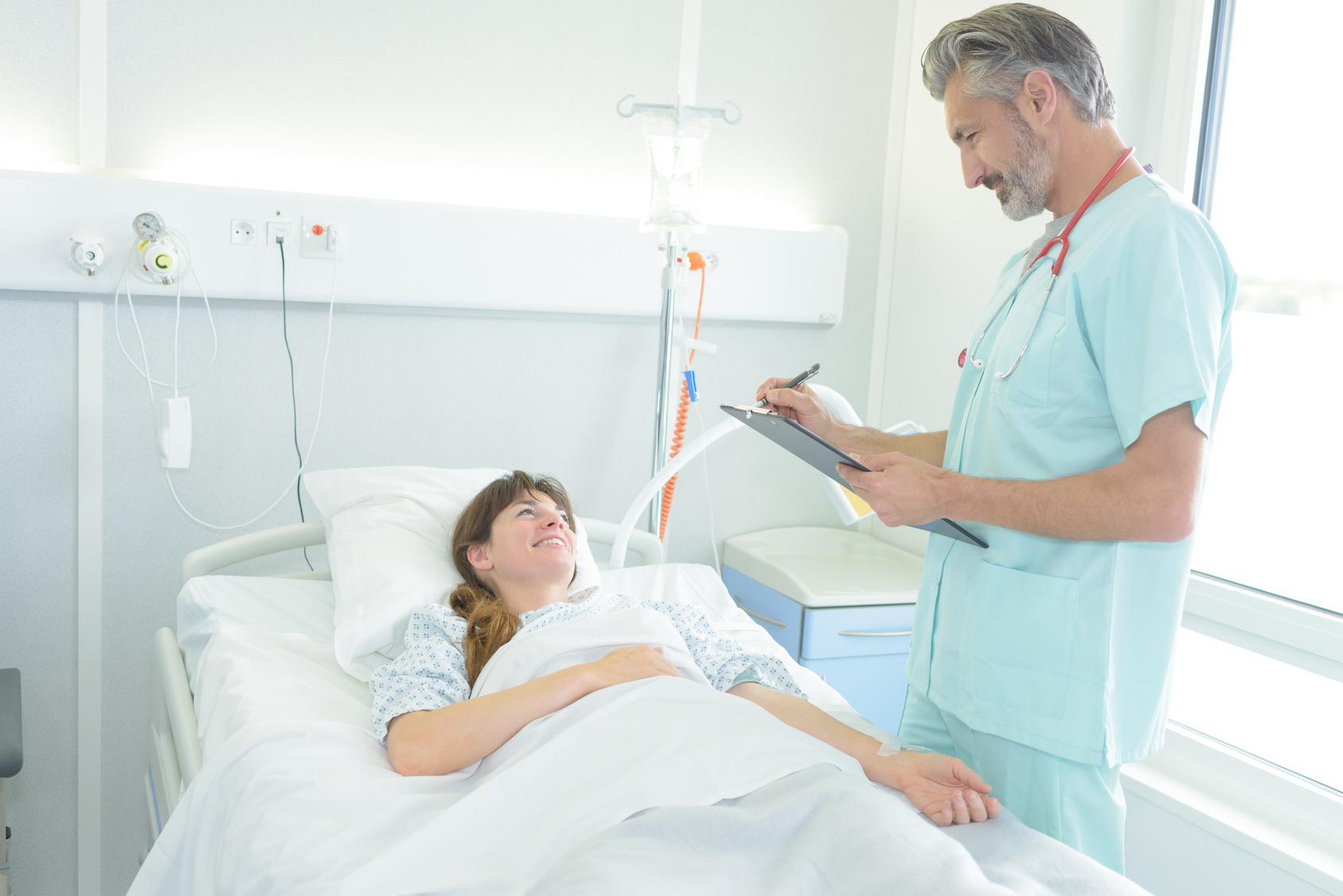
Chapter 16. deals with Reconstitution of product after batch release.
Reconstitution activities can be performed at the administration site (e.g. in hospital pharmacies) outside a GMP environment.
For the purposes of these Guidelines, the term “reconstitution” covers activities required after batch release and prior to the administration of the ATMP to the patient, and which cannot be considered as a manufacturing step (e.g. buffer exchange, centrifugation steps necessary to remove preservation solution, dissolution or dilution with solvent/buffer). No activity that entails substantial manipulation can, however, be considered reconstitution (e.g. cultivation). Substantial manipulations should be conducted under GMP.
The manufacturer should validate the reconstitution processes to be followed from the point of batch release to the moment of administration to the patient; i.e. through appropriate studies it should be demonstrated that the specified reconstitution process is sufficiently robust and consistent so that the product can be administrated without negative impact on quality/safety/efficacy profile of the ATMP.
And the last one – Chapter 17. describes requirements for Automated production of ATMPs.
The user of the automated production system (i.e. ATMP manufacturer) is responsible for the quality of the ATMP and, therefore, has to ensure the suitability of the automated equipment for the specific intended purpose.
Personnel involved in production should be adequately trained and the associated risks of the process should be duly understood.
The room where a closed system is used should be of at least D grade. The transfer of the material into/from the equipment is a critical step and a validated procedure should be put in place to preserve the product from the risk of contamination.
The definition of the moment when the manufacturing process starts and finishes should be defined. Possibilities for in-process and release controls are limited due to the continuous closed processing, limited amount of material and usually very short shelf-life. Continuous monitoring of critical process parameters and other input parameters that affect product quality (as identified in the marketing authorisation/clinical trial authorisation) should be performed if technically possible. When continuous monitoring is not technically possible, monitoring at appropriate intervals having regard to the criticality of the parameter and the risks is required. Data on process parameters should be kept as part of the batch records. Lack of routine controls of each individual batch must be compensated by a reinforced process validation. Validation of aseptic processing by media fill simulation should also be performed.
Batch release is a fundamental requirement for all medicinal products, including ATMPs that are manufactured using automated equipment.




